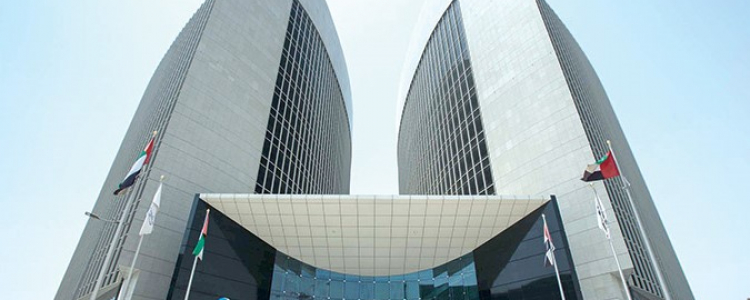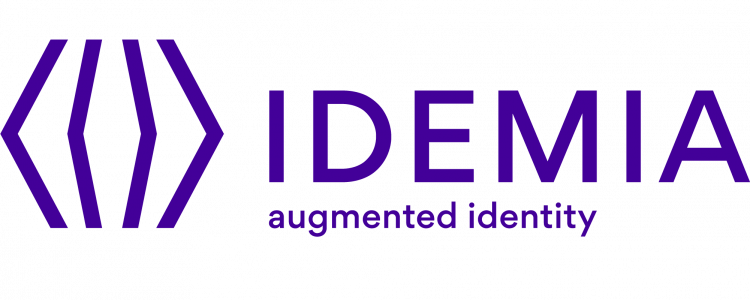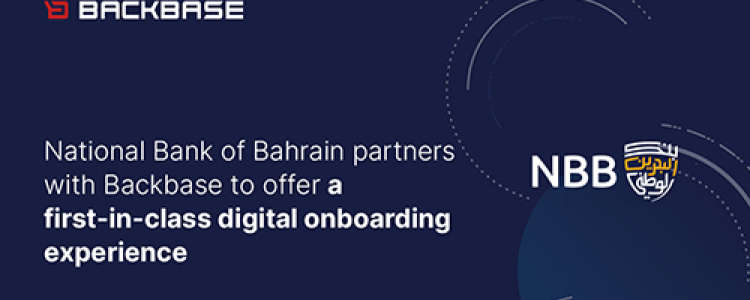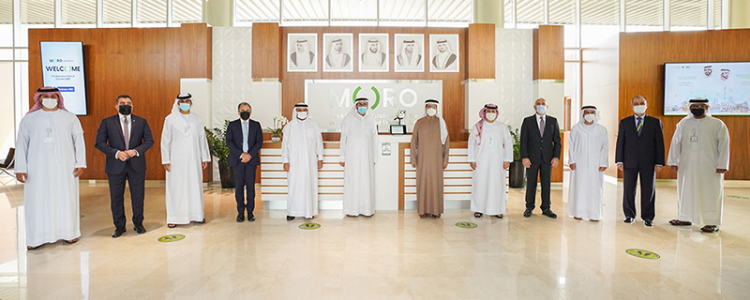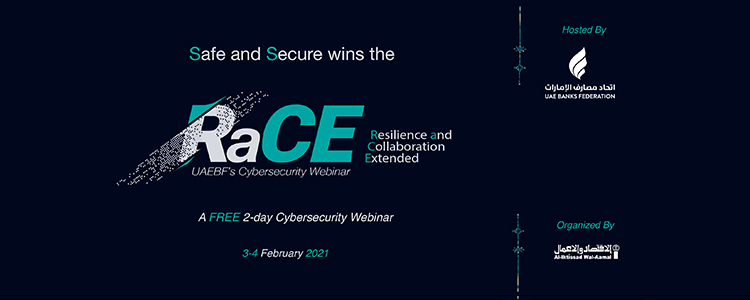
Thanos Ransomware: Destructive Variant Targeting State-Run Organizations in the Middle East and North Africa
On July 6 and July 9, 2020, we observed files associated with an attack on two state-run organizations in the Middle East and North Africa that ultimately installed and ran a variant of the Thanos ransomware. The Thanos variant created a text file that displayed a ransom message requesting the victim transfer “20,000$” into a specified Bitcoin wallet to restore the files on the system. We do not have visibility into the overall impacts of these attacks or whether or not the threat actors were successful in receiving a payment from the victims.
The ransomware was also configured to overwrite the master boot record (MBR), which is an important component loaded on a system’s hard drive that is required for the computer to locate and load the operating system. The ransomware overwrites the MBR to display the same ransom message as the previously mentioned text file, which is a technique we do not see often. The most notable example we’ve observed involved the Petya ransomware in 2017. Overwriting the MBR is a more destructive approach to ransomware than usual. Victims would have to expend more effort to recover their files – even if they paid the ransom. Fortunately, in this case, the code responsible for overwriting the MBR caused an exception because the ransom message contained invalid characters, which left the MBR intact and allowed the system to boot correctly. This means that even though the ransomware was configured to overwrite the MBR, the threat actors were unsuccessful in causing the computers they infected with the Thanos ransomware not to boot.
The Thanos ransomware was first discussed by Recorded Future in February 2020 when it was advertised for sale on underground forums. The Thanos ransomware has a builder that allows actors to customize the sample with a variety of available settings. The fact Thanos is for sale suggests the likelihood of multiple threat actors using this ransomware. However, we believe with high confidence that the same actor used a Thanos variant in attacks on two state-run organizations in the Middle East and North Africa.
Based on our telemetry, we first observed Thanos on Jan. 13, 2020, and have seen over 130 unique samples since. We believe the threat actors had prior access to these organizations’ networks, as the samples contained credentials that we believe the actors had stolen from systems on these organizations’ networks prior to the delivery of the ransomware.
This particular attack involved multiple layers of PowerShell scripts, inline C# code and shellcode in order to load Thanos into memory and to run it on the local system. These layers were largely based on code freely available in open source frameworks, such as Sharp-Suite and Donut. One of the layers involved a custom PowerShell that was responsible for spreading Thanos to other systems on the local network using previously mentioned stolen credentials.
We analyzed this specific Thanos sample that the actors built for the Middle Eastern and Northern African state-run organizations. We determined that the ransomware was loaded into and run from within memory at these organizations. We found the Thanos variant is functionally very similar to the variant discussed by Fortinet in July 2020. The sample analyzed by Fortinet also contained network-spreading functionality enabled, which included network credentials from another state-run organization in the same municipality as the Middle Eastern state-run organization we observed. The sample analyzed by Fortinet included the same Bitcoin wallet and contact email that we observed. When combined with the targeting of an organization in the same municipality in a similar time frame, this suggests a common actor behind these attacks.
Palo Alto Networks customers are protected from the attacks discussed in this blog by WildFire, which correctly identifies all related samples as malicious, and Cortex XDR, which blocks the components involved in this ransomware infection.
To access the full report, please click here


